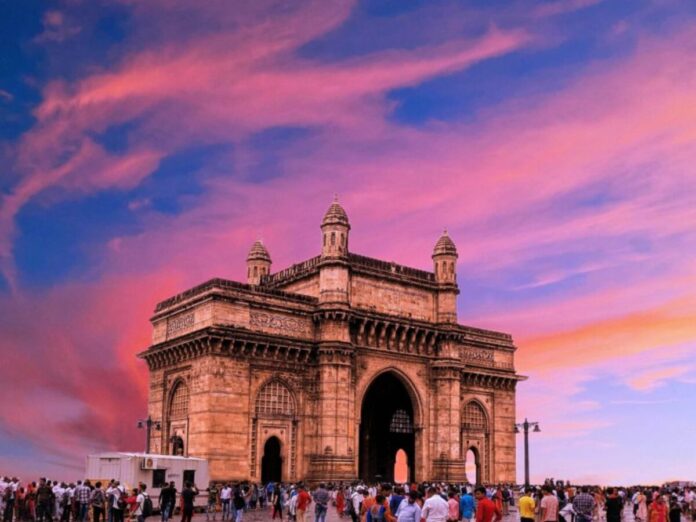Mumbai, often regarded as the bustling financial capital of India, is a city that boasts a rich tapestry of history and culture. Amidst its towering skyscrapers and modern developments, Mumbai is adorned with historical places and monuments that offer a glimpse into its vibrant past. Let’s embark on a journey to explore the captivating historical landmarks that grace the city’s landscape.
Gateway of India – An Iconic Landmark: The Gateway of India stands as an emblem of Mumbai’s historical significance. Built to commemorate the visit of King George V and Queen Mary, this majestic arch overlooks the Arabian Sea, serving as a symbol of India’s colonial past and its path towards independence.
Chhatrapati Shivaji Terminus (CST) – A Marvel of Architecture: The Chhatrapati Shivaji Terminus, formerly known as Victoria Terminus, is a UNESCO World Heritage Site and a testament to Mumbai’s architectural brilliance. Its intricate detailing and fusion of Victorian and Indian styles make it a visual delight and an important transportation hub.
Elephanta Caves – Spiritual and Artistic Marvels: Located on Elephanta Island, the Elephanta Caves house ancient rock-cut temples dedicated to Lord Shiva. These UNESCO-listed caves feature intricate sculptures, reflecting a blend of Hindu and Buddhist influences and providing insight into India’s rich spiritual heritage.
Chhatrapati Shivaji Maharaj Vastu Sangrahalaya – A Cultural Gem: Formerly known as the Prince of Wales Museum, this museum is a treasure trove of art, artifacts, and historical exhibits. The building itself is an architectural masterpiece, reflecting Indo-Saracenic design elements.
Mahalakshmi Temple – A Spiritual Haven: The Mahalakshmi Temple, dedicated to the goddess of wealth, is a revered place of worship in Mumbai. Its intricate architecture and spiritual significance draw devotees and tourists alike.
Dr. Bhau Daji Lad Museum – Preserving Mumbai’s Legacy: This museum, located in Byculla, is the oldest museum in Mumbai. It showcases the city’s history, culture, and art through a captivating collection of artifacts and exhibits.
Dhobi Ghat – A Living Heritage: Dhobi Ghat is not just a historical place but also a unique cultural landmark. It’s an open-air laundromat where the city’s traditional washermen, or dhobis, continue their age-old practice of washing clothes by hand.
Rajabai Clock Tower – An Emblem of Education: Situated within the Mumbai University campus, the Rajabai Clock Tower is a neo-Gothic architectural marvel. Its chimes mark the passage of time and symbolize the pursuit of knowledge.
Mumbai Samachar Building – Journalism’s Legacy: The Mumbai Samachar Building is home to the city’s oldest continuously published newspaper, “Mumbai Samachar.” The building itself stands as a historical reminder of Mumbai’s journalistic heritage.
Exploring Mumbai’s Heritage: Mumbai’s historical places and monuments are not just relics of the past; they continue to shape the city’s identity and inspire its residents and visitors. Exploring these cultural landmarks offers a unique window into Mumbai’s evolution from its colonial beginnings to its vibrant present.
Preserving the Past: As Mumbai continues to evolve, preserving its historical treasures becomes crucial. Efforts to conserve these heritage sites ensure that future generations can appreciate the city’s diverse history and architectural splendors.
An Ode to Mumbai’s History: Mumbai’s historical places and monuments are not mere structures; they are a testament to the city’s journey through time. Each edifice tells a story, inviting us to delve into the annals of history and celebrate the heritage that shapes Mumbai’s modern essence.

